Virginia Adventures
- Rebecca

- Mar 20, 2019
- 5 min read
Friday morning we set off for the Old Dominion armed with the audiobook Founding Gardeners and a cooler loaded with snacks. Shortly after crossing the NC state line we left the highways and reveled in the Virginian countryside. The amount of old farmhouses dotting the landscape and around every curve was beautiful. Had us both dreaming of our future homestead!

Despite the grey, misty weather, we found our way to our first stop--Appomattox. Neither of us had been to Lee's surrender site and found the little town pretty much as it was a bit over 150 years ago. A handful of buildings including a tavern, general store, courthouse, jail, and a few residences.


After a brief video providing context to the historic moment, we made our way to the McLean House to peek inside the room where the momentous papers were drafted and signed. Grant sat at the desk on the right, while Lee sat at the marble-topped one to the left.
Also, we can't pass a good outhouse by without having a little fun!
I especially loved looking around the general store and seeing what wares were being peddled and cool antiques lining the shelves.
We took a look inside the town tavern as well where the parole papers for the Confederate army were printed.
Across the street was the very impressive jail. Not only was it about a foot thick with brick, but the interior walls and windows were lined with iron grate, and the doors were heavy duty nailed!
As we walked to the end of the small town, we stood near where the final artillery shots were fired before the surrender. Meandering a little further down the old road we overlooked the countryside and stood where the Confederate army surrendered their arms.
Before leaving the area, we took a look at a few other historic spots near Appomattox including the orchard where Lee sat awaiting word from Grant, and the cabin of the popularizer of the banjo. Then we were off to find our AirBnB a little further north.
Our bed and breakfast was located in the town of Schuyler (strangely pronounced Skylar?), an old soapstone quarry and manufacturing town along the Rockfish River. Our GPS took us along some small private roads, some not even paved, as we climbing into the mountains. After miles of mostly woods hugging the river, there was suddenly a small town and our host lived right above the old hydroelectric dam.

Her cute 1907 Victorian style home was full of antiques and so much character. We stayed in the "Bright Room" full of purple and green decor. We spent the evening chatting with our host over our dinner and letting Nathan try out her antique piano.
Our hospitable host was so amazingly accommodating of my elimination diet restrictions and made tasty breakfast both mornings. Sautéed kale and pepper hash with poached eggs, homemade turkey sausage, and fresh fruit salad the first morning. The following morning we woke to the scent of turkey bacon that drew us downstairs quickly to find some scrambled omelets on their way. Mmm mmm good!
Side note Schuyler, the TV show the Waltons was set there and the home was just around the corner from our bed and breakfast. We only got to look at the outside of the home, but you could take tours. The town apparently hosts an annual reunion of the cast members every year. Our AirBnB host had housed John-boy's "girlfriend" in recent years.

Saturday morning we set off to Monticello bright and early. Arriving about a half hour before our tour began, we explored Jefferson's gardens. Having listened to Founding Gardeners our entire drive to Virginia, it was so much fun to examine Jefferson's horticultural interests first thing. Nathan spotted a variety of kale he hadn't heard of before. I discovered the brilliant idea of using orchard tree trimmings to make trellises for peas. Also...the view!




We took our tour of the house (where photographs were not allowed) and enjoyed all the clever gadgets and designs of Jefferson. From the date and time keeping clock in the entry to the pulley system hidden in the fireplace to keep the wine coming at meals. After the house tour was completed, we walked down to meet another guide for a tour of Mulberry Row--home to the enslaved craftsmen and housekeepers that contributed to the Monticello economy.

Having worked at a few historic sites grappling with how to interpret the subject of slavery, I was pleased to hear the guides have found a very nuanced and balanced way to talk not only about the white Jefferson family, but also the many enslaved men and women who lived on the mountain. In recent years their historians have been collecting oral histories and genealogies of descendants to round out the picture of life at Monticello. Our guide shared many of those family stories as we sat near the sites of the nailery, rebuilt slave cabin, joinery, and other buildings of industry.

After the Slavery at Monticello tour, we poked our heads in the very fancy 18th century french kitchen. Gleaming copper pots and so many burners!


Then we walked through the tunnel that passes underneath the home where Jefferson stored copious amounts of wine, cider, and beer...and other important things like dishes and pantry staples. On the other side of the tunnel was Jefferson's stables and carriage houses. Inside one of the bays was an 18th century odometer. Jefferson was always recording information in meticulous detail and he apparently enjoyed keeping track of his mileage. Attached to his carriage was this cool box that would ding every mile traveled! The exhibit allowed us to spin the carriage wheel to see how it worked.

After a look through Monticello's gift shop, we headed to our car for a quick bite a lunch before venturing to Michie Tavern. Unfortunately it was out-of-season for a tour of the historic part of the building, but we did get a chance to wander their tourist trap gift shops (one in the tavern basement and the other in a renovated old grist mill) and came home with a beautiful punched tin lantern and a few other knickknacks.

Having acquired a few souvenirs we drove up to one of the Jefferson's neighbor's estate--Highland. James Monroe had a close and warm relationship with Thomas Jefferson so much so that he wanted to be neighbors with him. It turns out that the actual Monroe home burned shortly after he sold the property to pay off his debts, but there was one building on the property that dated to the Monroe era. During his presidency he had a guest cottage built next to his own home to accommodate all the visitors. The other components of the house we built by the family that purchased the estate in the mid-1800s. They planted an avenue of ash trees along their drive and renamed the home Ashlawn.


After a full day of adventure, we headed back to our bed and breakfast to rest our sore feet. After breakfast the next morning we headed back down south with a multi-hour detour to a huge antique mall outside of Charlotte where we found some functional vintage kitchenware to grace our kitchen. We might have to make Virginia adventures an annual tradition as there is so much to explore! We have already been scheming on where to go next.


























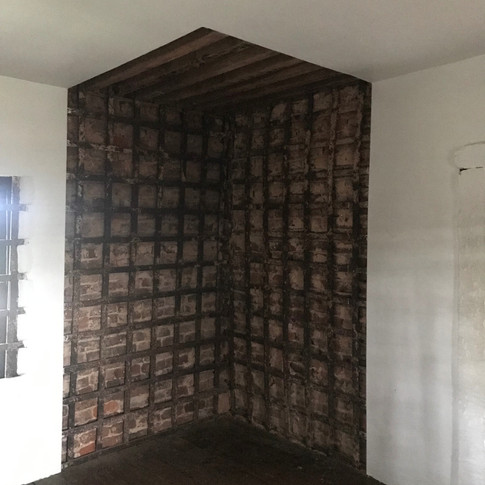

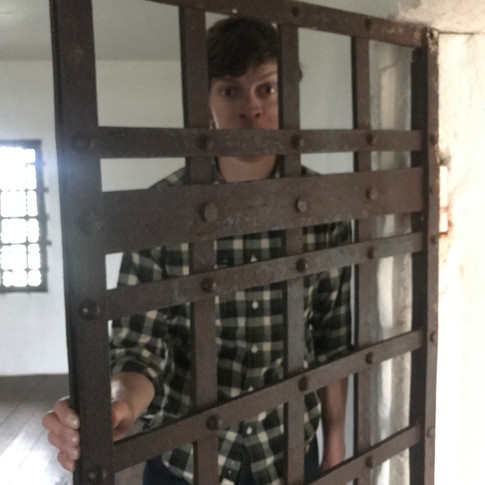

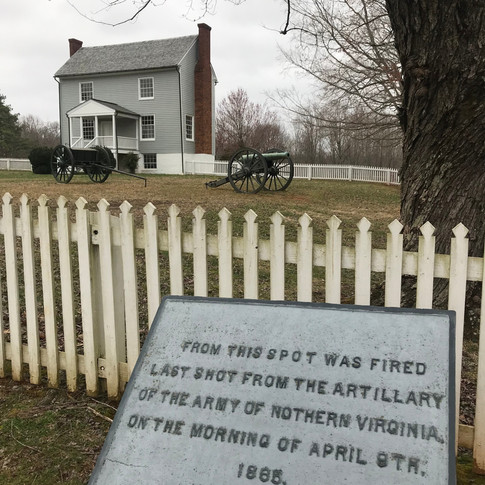















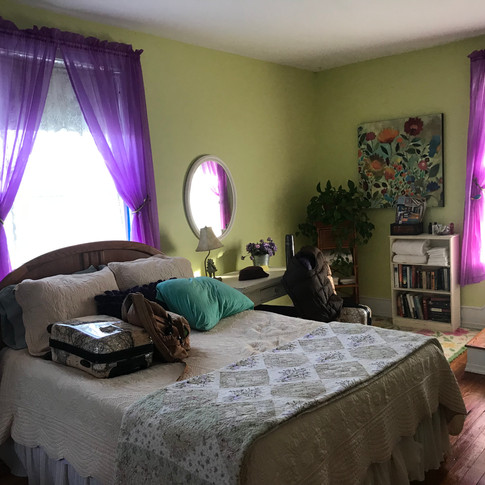











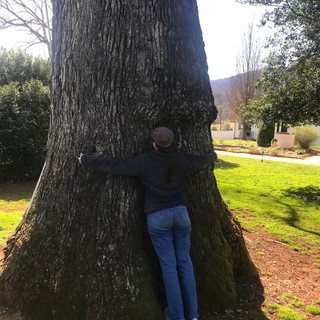







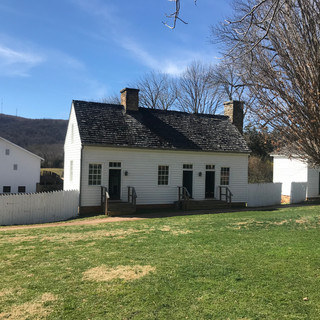







Comments